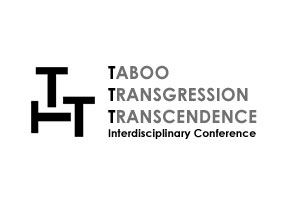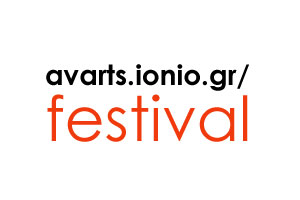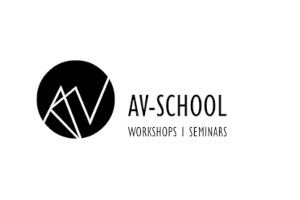This paper explores the intersection of vision, data, and digital art, engaging with the transformative potential of computational technologies in the context of visual perception. Today, digital technologies do not merely influence our relationship with images; they redefine the very experience of vision, which becomes an active, hybrid, and multisensory process. The concept of "living data" suggests a fusion of information and biological matter, opening new perspectives on perception as an ongoing process of elaboration, reinterpretation, and transformation. This research analyzes seven works by contemporary artists: Golan Levin (US) - Eyeshine (2011), Kyle McDonald (US) & Matt Mets (US) - Blind Self Portrait (2012), BeAnotherLab (ES) - The Machine to Be Another (2014), Mark Farid (UK) - Seeing I (2014-2020), Bruno Cerasi (IT) - FADED22 (2022), Rafael Lozano-Hemmer (MX), Binocular Tension (2024), Ziyao Gao (CN) - AI-rays (2024). By employing sensors, algorithms, and computational technologies, these artists challenge traditional conceptions of visual perception, creating installations and performances that rethink the relationship between body, technology, and environment. Their works demonstrate how vision, far from being a simple physiological process, can become the site of a complex interaction between the physical and digital realms. The artistic practices in question interrogate the relationship between sensory data and its translation through digital means. Each work presents an experience within a system where body and code communicate, offering enriched visions and new ways of relating to the environment. The technologies used in these projects do not merely reinterpret the visible reality but create experiential spaces where the boundary between human and artificial dissolves, giving rise to an aesthetic that reflects the posthuman condition. From this perspective, the works analyzed focus not only on vision as an individual phenomenon but also reflect on how technology transforms our senses, bodies, and ways of perceiving and interacting with the world. The aim of this study is to demonstrate how contemporary digital art is redefining the concept of vision by intertwining perception and technology in an ever-evolving process. Through an analysis of the seven works, this study aims to investigate how visual and sensory data are transformed into new aesthetic experiences, capable of generating reflection on our relationship with reality and the digital world. In summary, this research proposes an interpretation of art as a space where the boundaries between the biological and the computational dissolve, opening up new possibilities for knowledge and interaction. In this scenario, the medium is no longer just the image or the data, but life itself: vision transforms into a dynamic experience that redefines the relationship between perception and technology.
Mario Savini, Ph.D., is an art critic and journalist. His interests concern the social aspects related to New Media and the relationships between contemporary visual culture and biotechnology. He is an adjunct professor of History of contemporary art at the University of Camerino (Italy). He is a contributor of Nòva – Il Sole 24 Ore and the editor of Postinterface, the web magazine of digital science and culture. For Pisa University Press he published “Postinterface” (2009) and “Arte transgenica. La vita è il medium” (2018).
Back





